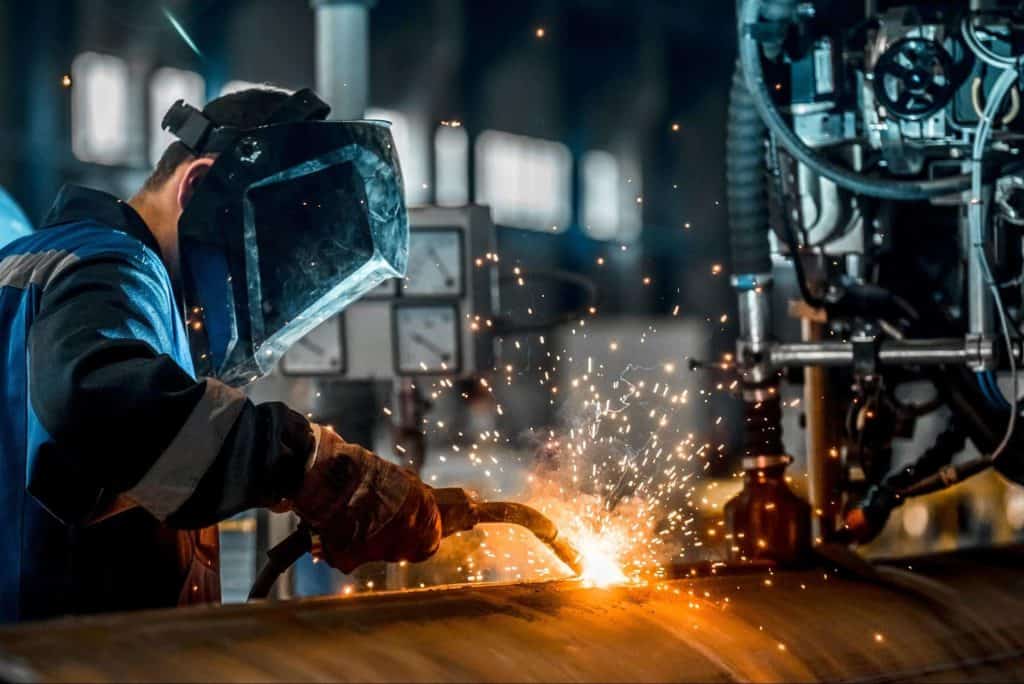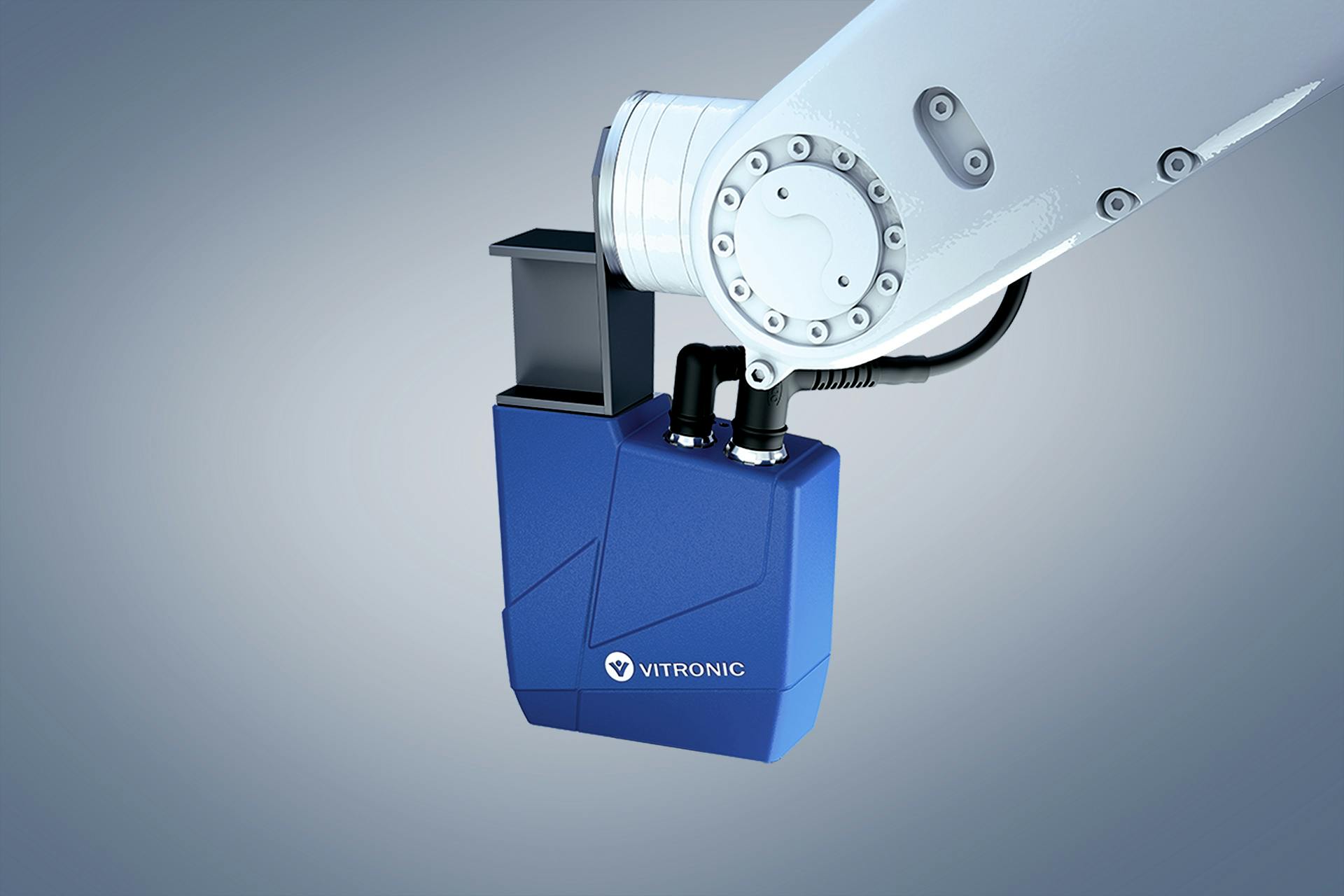Discover Advanced Welding Inspection Milwaukee Methods for Precision
Discover Advanced Welding Inspection Milwaukee Methods for Precision
Blog Article
A Detailed List for Effective Welding Evaluation Practices
In the world of welding, the honesty of frameworks is extremely important, requiring an extensive approach to evaluation practices. Exploring these crucial parts can produce insights that profoundly effect welding procedures.
Understanding Welding Specifications
Welding requirements play a crucial duty in guaranteeing the high quality and safety of welded parts and frameworks. These requirements establish the criteria for products, procedures, testing, and examination, thus providing a structure for regular quality control in welding procedures. Numerous organizations, including the American Welding Culture (AWS), the International Company for Standardization (ISO), and the American Society of Mechanical Designers (ASME), have developed thorough requirements that regulate various aspects of welding.
Comprehending welding criteria is necessary for experts in the field, as adherence to these standards decreases the risk of defects and failings in bonded joints. These standards cover details demands for weld top quality, including appropriate tolerances, the kind of welding methods to be made use of, and the qualifications required for welders and assessors.

Pre-Welding Evaluation Steps
Prior to any type of welding process commences, a detailed pre-welding assessment is necessary to recognize potential issues that might compromise the quality of the weld. This preliminary step works as a critical foundation for making certain conformity with applicable welding codes and standards.
The first step in the pre-welding assessment is to verify the products being used. Next off, it is crucial to check the fit-up of the elements to ensure appropriate positioning and joint arrangement.
Furthermore, reviewing the cleanliness of the surfaces is vital; contaminants such as oil, paint, or rust can negatively impact the quality of the weld. Following this, a complete evaluation of the welding devices must be conducted, ensuring that it is calibrated and in excellent functioning problem.
Lastly, evaluating the qualifications of the welding personnel is necessary. Welders must have the required certifications and experience to execute the particular welds needed for the job. By adhering to these pre-welding evaluation steps, the chance of problems and failures in the last weld can be dramatically reduced.
In-Process Inspection Strategies
In-process examination techniques play a crucial role in guaranteeing the stability and high quality of welds as they are being performed. These strategies allow inspectors to identify problems or discrepancies from specifications in real time, thereby making sure and avoiding expensive repair work adherence to design needs.
One secret strategy entails visual evaluation, where inspectors examine the weld bead for harmony, infiltration, and correct account. This can be enhanced by the use of evaluates to measure weld dimensions, ensuring compliance with fixed resistances. Furthermore, the application of non-destructive testing (NDT) approaches, such as ultrasonic testing or magnetic particle screening, during the welding process can reveal subsurface flaws that may not show up on the surface.
An additional vital facet is checking visit this web-site welding parameters, consisting of voltage, amperage, and take a trip rate. Consistency in these specifications is important for achieving ideal weld top quality. Recording these specifications throughout the welding procedure offers a deducible record for future referral.
Educating personnel in proper inspection strategies and making use check of ideal tools improves the effectiveness of in-process evaluations. By integrating these practices, companies can achieve higher top quality welds, decrease rework, and inevitably guarantee the safety and security and reliability of bonded structures.
Post-Welding High Quality Checks
Complying with the completion of welding operations, post-welding quality checks are important to validate that the welds meet all specified demands and standards. These checks are vital for ensuring the stability and longevity of the bonded joints. The inspection process commonly begins with a visual examination, examining for surface area flaws such as fractures, porosity, or insufficient blend.
Ultimately, non-destructive screening (NDT) methods, such as ultrasonic screening, radiographic testing, or magnetic particle screening, may be used to find interior flaws that are not visible to the naked eye. Each method has its unique advantages and is selected based on the weld's area, product kind, and the nature of the application.
Furthermore, confirming dimensional precision is an important facet of post-welding high quality checks. This entails measuring the weld's alignment, dimension, and account to make sure compliance with design specifications. Assessing the mechanical buildings of the weld, including tensile stamina and ductility, can provide further assurance of performance under functional problems. Overall, comprehensive post-welding examinations are vital for preserving adherence, safety and security, and performance to regulatory and market criteria.
Documentation and Coverage
Just how can reliable documentation and reporting boost the welding inspection process? Accurate documents and detailed coverage are vital parts that make certain the integrity and high quality of welding operations. Welding Inspection Milwaukee. They act as a formal record of inspection findings, promoting responsibility and traceability in compliance with sector standards

A well-structured reporting system enables inspectors to clearly connect any kind of locations, inconsistencies, or non-conformances requiring enhancement. This openness fosters an environment of continual renovation, as stakeholders can easily analyze previous performance and apply restorative activities.
Moreover, reliable documents consists of detailed records such as welding procedure specifications (WPS), welder credentials, and inspection checklists. These components give a structure for assessing weld quality and adherence to developed guidelines. In the event of conflicts or high quality issues, extensive paperwork acts as a reputable recommendation, lowering obscurity and securing all parties involved.
Lastly, maintaining organized documents helps in training and licensing personnel, guaranteeing that industry best practices are promoted. Eventually, careful paperwork and reporting not only boost the welding assessment process but likewise add to the overall safety and security and reliability of bonded frameworks.

Verdict
In final thought, a thorough list for effective welding assessment techniques is vital for making certain top quality and safety in welded frameworks. Adherence to established welding criteria, precise pre-welding evaluations, rigorous in-process assessments, and extensive post-welding quality checks jointly contribute to the stability of welded pop over to this site joints.
Welding requirements play a vital role in making certain the high quality and safety and security of welded frameworks and parts. Various companies, consisting of the American Welding Culture (AWS), the International Organization for Standardization (ISO), and the American Culture of Mechanical Designers (ASME), have actually developed extensive criteria that govern different facets of welding.
Complying with the conclusion of welding operations, post-welding top quality checks are vital to validate that the welds fulfill all specified requirements and requirements - Welding Inspection Milwaukee.In final thought, a thorough list for effective welding assessment techniques is crucial for making certain high quality and safety and security in bonded frameworks. Adherence to developed welding requirements, meticulous pre-welding inspections, rigorous in-process examinations, and comprehensive post-welding high quality checks jointly contribute to the integrity of welded joints
Report this page